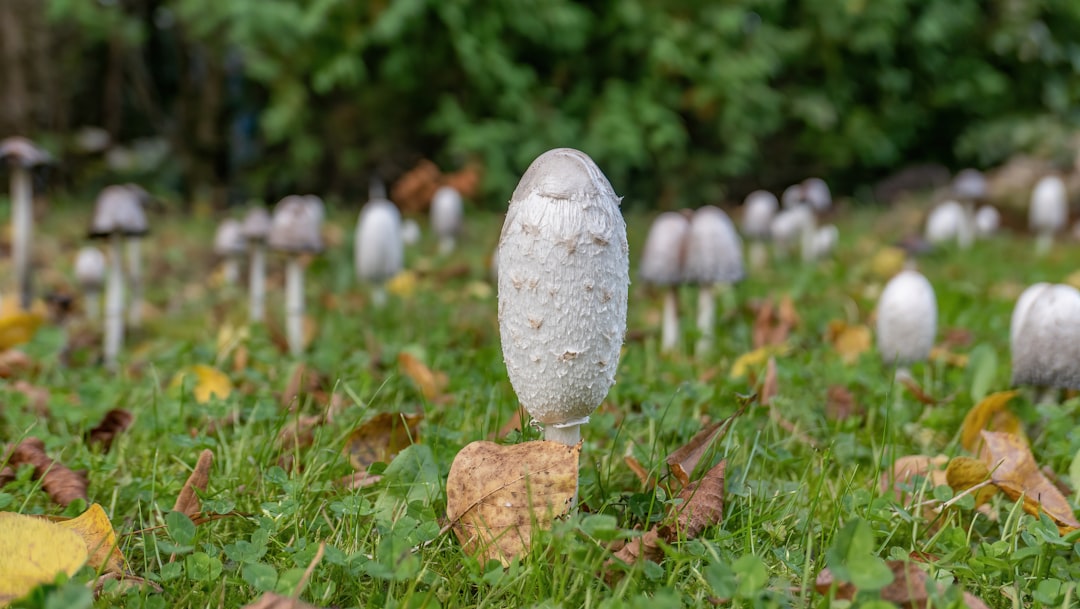What is it about?
Pluripotent stem cells are cells that can differentiate into any adult cell type. Therefore pluripotent stem cells have great potential in regenerative medicine and they are frequently used to study embryonic processes. Human pluripotent stem cells are different from mouse pluripotent stem cells. The origin of these differences is not well understood, but may reflect differences in early embryonic development. Counterintuitavely, closely related species frequently differ more in early and late embryonic development than in mid-embryonic development. This is known as the hourglass model of development. In our review article we highlight the recent accumulating molecular evidence in favor of the hourglass model. In addition we review the major differences between mammalian species in early development, indicating that the hourglass model also holds true for mammals. We specifically focus on those differences that may impact the pluripotent stem cell population that is present in the early development of all species. An important conclusion form this article is that cellular states such as pluripotency is differentially regulated across species.
Featured Image
Why is it important?
Our manuscript combines the following: - A review of the recent molecular support of the hourglass model of development - A review of the main differences in early mammalian development - The importance of this work for ouw view on pluripotent stem cells
Perspectives
Currently we use concepts such as naive pluripotency. This is an ill-defined concept for which there is no single hallmark. In the future, pluripotent cell states will be defined by how it compares to the various cellular states of the transient population of pluripotent cells in the embryo. All deviations from these states should be considered in vitro culture artifacts.
Dr Ewart Kuijk
Universitair Medisch Centrum Utrecht
Read the Original
This page is a summary of: Pluripotency in the light of the developmental hourglass, Biological Reviews, May 2014, Wiley,
DOI: 10.1111/brv.12117.
You can read the full text:
Contributors
The following have contributed to this page










